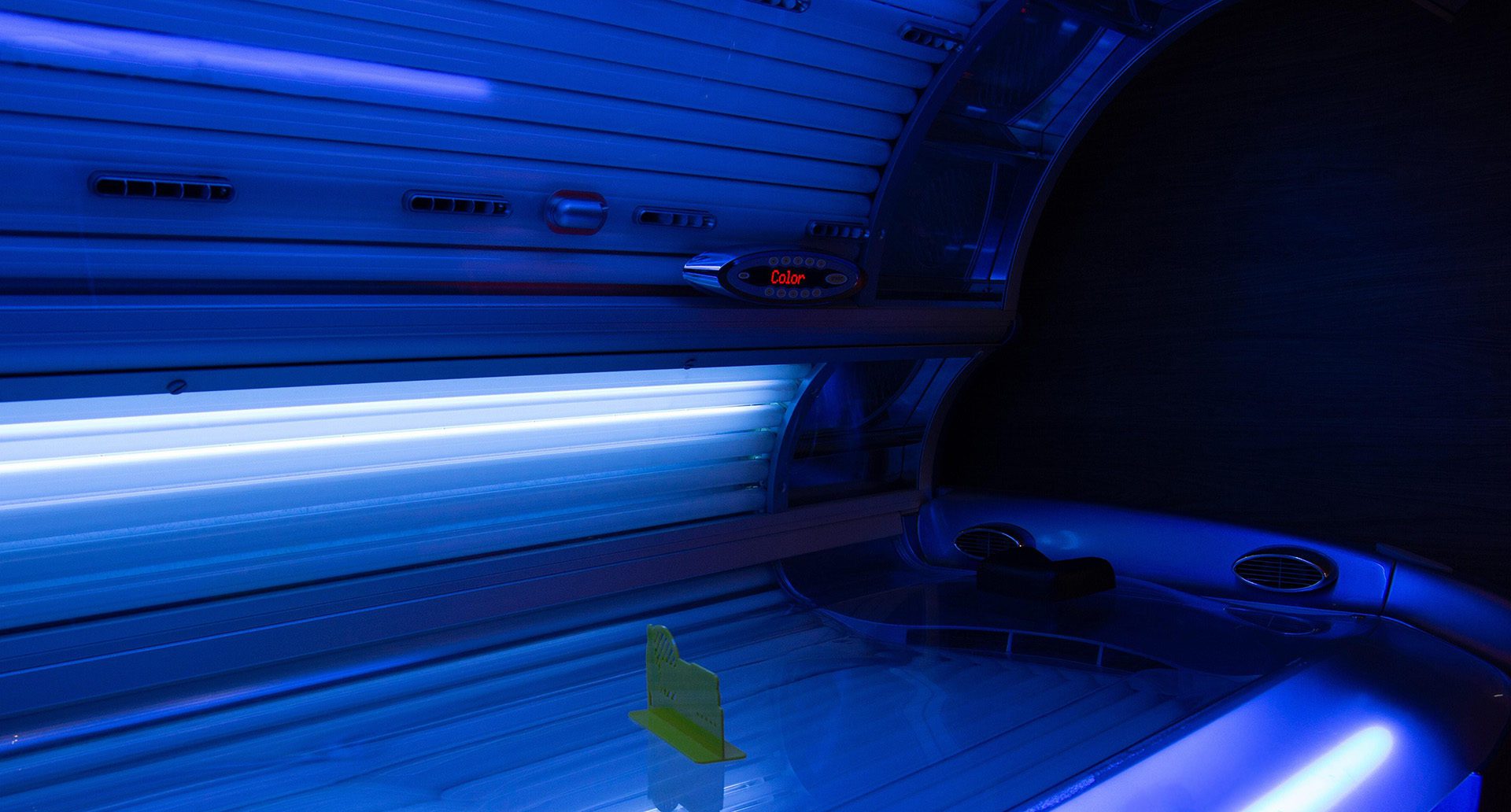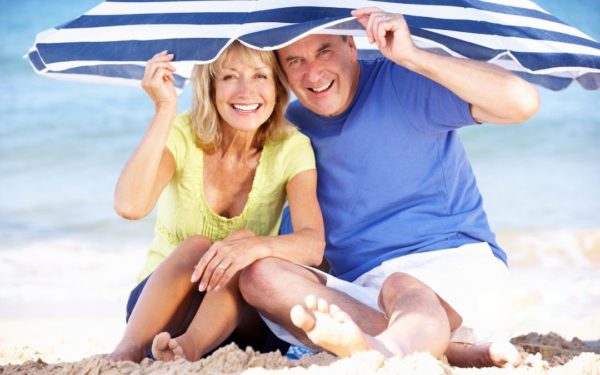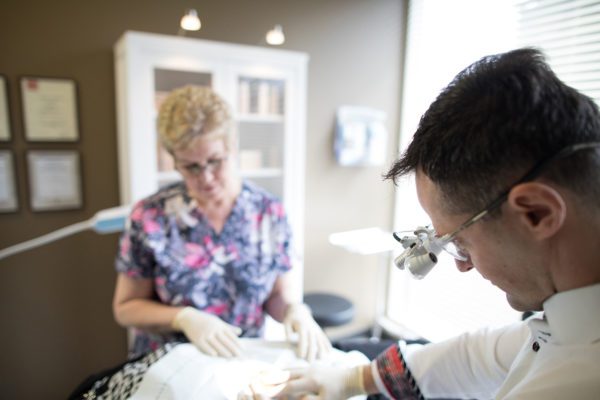Many Canadians spend the colder months dreaming about summer. For those of us who live in the sunny Okanagan, summer days are long and we love spending them outdoors and at the lake. Often with that comes an inherent desire to start the season off tanned with a ‘healthy glow’ by using a tanning bed.
Ironically, that ‘healthy glow’ actually indicates sun damage and it has skin cancer professionals—us included—worried. Any sign of a tan means your skin has already suffered damage. According to the Skin Cancer Foundation, a single blistering sunburn can nearly double one’s lifetime risk of melanoma, the most deadly form of skin cancer.
With warmer weather on the horizon, you might be considering getting a base tan in preparation. In this article we’ll discuss why base tans aren’t the best way to stay safe in the sun, and how to actually protect your skin while enjoying your time outdoors.
Base tans are the first sign of damaged skin
Tans are the product of UVA radiation. UVA rays penetrate the outermost layer of skin and produce melanin, which is the brown pigment that builds into a tan. But melanin doesn’t show up for vanity purposes. Rather, it’s your body’s way of protecting your skin from burning. That “base tan” is an act of defense, showing up to prevent more damage.
These UVA rays can have serious consequences. They can damage a person’s immune system, which makes it difficult to fight off diseases. They can also lead to dangerous skin cancers like melanoma, by damaging the body’s DNA and causing mutations. Melanoma has the potential to spread from the skin to other organs, and can be deadly if it’s not treated immediately.
In the past, melanoma mostly affected older people, aged 50 years or more. This is no longer the case. Dermatologists and skincare physicians see patients in their twenties and even late teens with this type of skin cancer. They attribute this change to the popularity of base tans, tanning beds, and sun lamps.
Know what you’re getting yourself into
There’s a common misconception that tanning beds offer a safe alternative to sunlight. In actuality, they increase a person’s risk for skin cancers. One study observing 63 women diagnosed with melanoma before age 30 found that 97% of them used tanning beds.
Because tanning beds provide users with constant radiation for a predetermined amount of time, they’re essentially pumping UV radiation into your skin, which is extremely hazardous and can increase the risk of skin cancer. Plus, users generally don’t wear protective clothing or sunscreen for the occasion.
Tanning is out: debunking myths
Let’s debunk a few myths about tanning. There’s a lot of false information out there that’s detrimental to the skin health of Canadians, especially those living in sunny areas. This includes the Okanagan, where the sun shines over 300 days a year.
“I need a base tan to prepare for the summer.” A tan in and of itself points to skin damage. The skin appears darker because it’s working tirelessly to protect itself.
“Tanning gives me vitamin D.” The risks of tanning outweigh the benefits. You can easily get adequate vitamin D through a proper diet and supplements. However, if you’d like to get your Vitamin D from the sun, it takes a lot less time than people think. The body will make the recommended daily amount of Vitamin D in about half the time it takes the skin to burn. Typically 15 minutes of sun exposure is all that’s needed for people with light skin, increasing slightly with darker skin tones.
“Most skin cancers can be cured.” It’s true that most people know someone who’s had skin cancer and walked away with nothing more than a scar. However, skin cancer can be deadly. In Canada, the amount of people getting skin cancer has increased at an alarming rate over the past 30 years. One in 73 Canadian women will develop melanoma during their lifetime while one in 59 Canadian men will develop the disease. The risk of getting skin cancer again also increases in individuals that have had it before.
How you can protect your skin
There are better ways to protect your skin than seeking out a base tan through tanning beds. We have three golden rules to share.
- Wear UV protective clothing. You can protect your skin from excess UV exposure by seeking shade, and wearing UPF-rated hats and clothing.
- Use the right sunscreen. Look for pharmaceutical-grade, water-resistant, broad spectrum sunscreen with an SPF rating of 30 or higher. High-quality mineral and chemical sunscreens can be equally effective, so find a formula that works for you. The best sunscreen is one that you’ll wear! It should be applied daily, winter included. In the summer especially, it should be reapplied regularly – look to the label for application instructions.
- Take vitamins. Vitamin A, B, C, & E are excellent skin protectants, warding away free radicals and fighting UV damage.
Enjoy a sun-safe summer
As summer approaches, we urge you to reconsider tanning beds habits, whether you opt for getting an outdoor base tan or visiting the tanning salon. It’s important to prepare for the sunny months ahead. That said, there are healthier ways to do so than subjecting yourself to harmful UV radiation, which can damage your DNA and lead to skin cancer. For tips or a skin consultation, you can speak to a skin physician at the Kelowna Skin Cancer Clinic.




